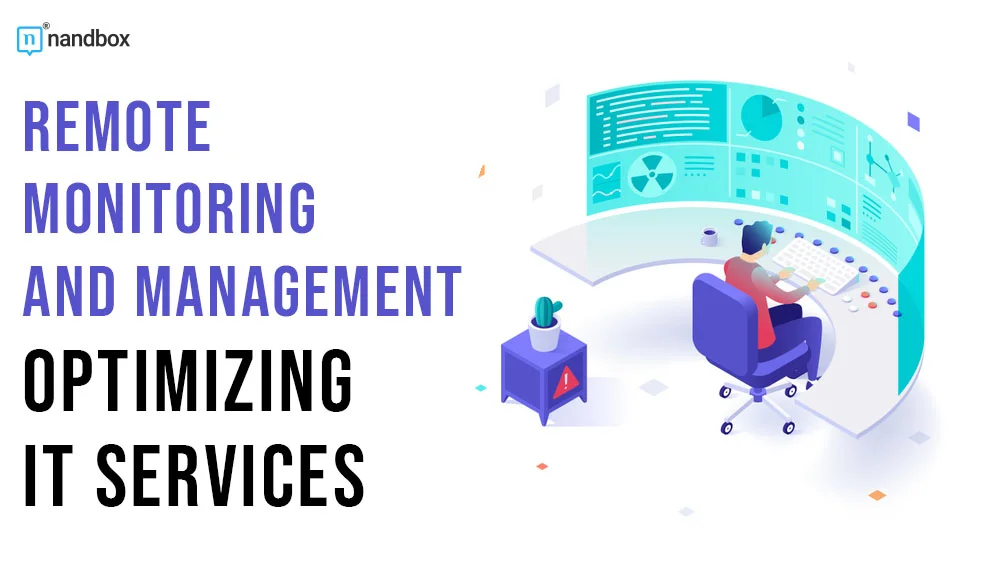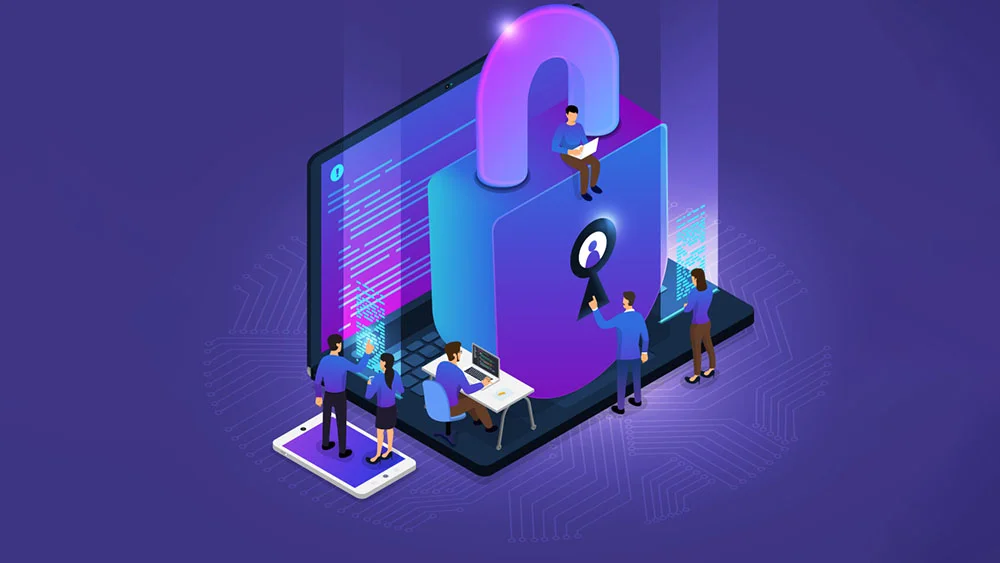In today’s fast-paced business environment, technology plays a crucial role in the operations of all types of organizations. Whether it’s a startup or an established company, effectively managing IT infrastructure is key to boosting productivity and achieving success. This is where Remote Monitoring and Management (RMM) software comes into play. RMM software empowers businesses to monitor and manage their IT operations, leading to streamlined operations, proactive issue resolution, and enhanced security measures. In this article, we will explore the advantages of utilizing RMM software to optimize IT services.
1. Proactive Issue Detection and Resolution
Traditional IT support methods often require users to report problems before they are addressed. However, with remote monitoring and management software, managed service providers (MSPs) can take a proactive approach by identifying issues in real time. By continuously monitoring endpoints such as servers, workstations, and network devices, RMM software can detect performance bottlenecks, security vulnerabilities, or early signs of system failures before they disrupt business activities.
Through automated alerts and notifications provided by the RMM system, MSPs can promptly resolve these issues. This proactive troubleshooting approach significantly reduces downtime and ensures that employees can perform their duties without interruption.
2. Enhanced Security
The landscape of cybersecurity threats is constantly evolving, becoming more intricate and frequent. To protect sensitive data and digital assets from hacking or malware attacks, businesses must have robust security measures in place. Remote Monitoring and Management (RMM) software plays a crucial role in strengthening cybersecurity defenses.
With its ability to continuously monitor and scan endpoints, RMM software can swiftly identify security breaches. This includes detecting unauthorized access attempts or suspicious patterns that could signal an impending attack.
Moreover, many RMM solutions offer patch management functionalities that automate updates for applications and operating systems. By ensuring all devices within the IT environment are kept up to date with the latest security patches, MSPs can reduce vulnerabilities and minimize the risk of breaches.
3. Efficient Resource Management
IT teams often find it challenging to balance routine maintenance and support tasks with important projects or strategic objectives. RMM software proves invaluable in efficiently managing IT resources.
By automating tasks such as software updates, license management, and hardware inventory tracking, MSPs can free up their IT staff’s time for more essential endeavors. This enables IT teams to focus on innovation, business expansion strategies, and high-level troubleshooting, providing MSP staffing solutions of the highest quality, rather than being bogged down by minor issues.
4. Comprehensive Asset Management
Having a clear understanding of your IT assets is crucial for making informed decisions within any organization. However, manually tracking hardware and software across all endpoints can be time-consuming.
RMM software simplifies this process by providing comprehensive asset management capabilities. It offers real-time visibility into your IT infrastructure, providing insights such as device specifications, installed software, configuration changes, and more. This data assists MSPs in planning upgrades and ensuring license compliance across all devices.
Furthermore, by utilizing automation through the inventory management feature of RMM software, organizations can streamline procurement processes by receiving notifications when specific hardware requires replacement or when contract renewals are approaching.
5. Scalability and Flexibility
As businesses grow or adapt to changing conditions, the ability to scale IT services seamlessly becomes increasingly important. RMM software provides the scalability needed to support expanding infrastructures without compromising efficiency or performance.
Equally significant is the flexibility that RMM solutions offer regarding service delivery models. Businesses can choose to manage their IT systems in-house or entrust them entirely to an MSP.
By using RMM tools to access systems from a centralized console, Managed Service Providers (MSPs) can provide consistent monitoring and technical remote monitoring of management time zone differences. This flexibility ensures uninterrupted services for businesses operating on a global scale.
Conclusion
Remote Monitoring and Management (RMM) software offers a wide range of benefits for optimizing IT services. By proactively detecting and resolving issues, enhancing security measures, efficiently managing resources, simplifying asset management, and ensuring scalability and flexibility, RMM software empowers organizations to stay competitive in today’s interconnected world. Choosing the right RMM solution can significantly boost productivity while maintaining a robust IT infrastructure that supports business growth.




